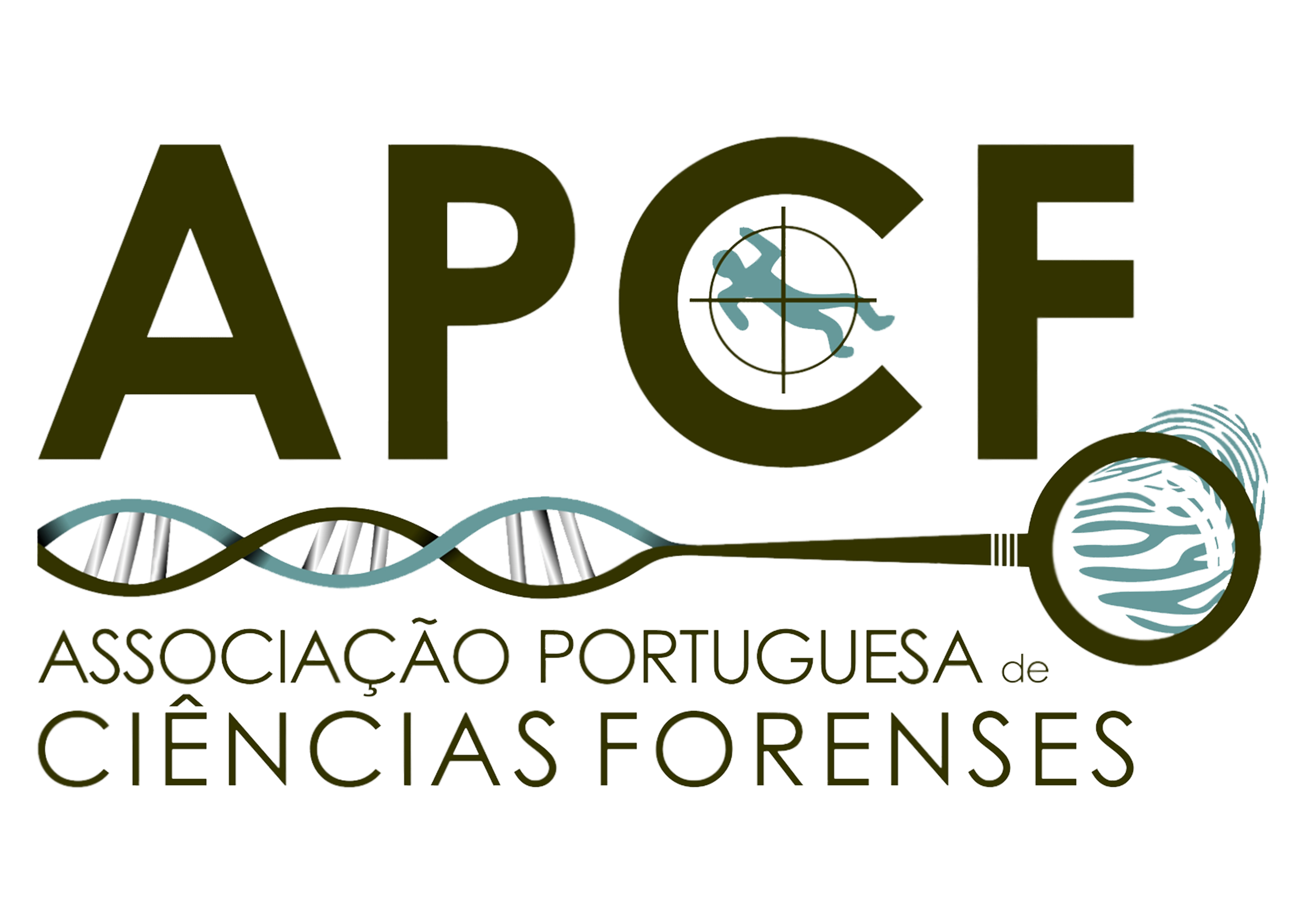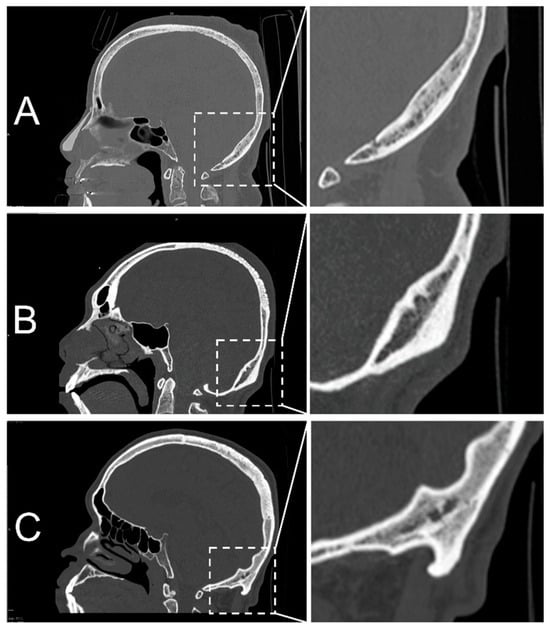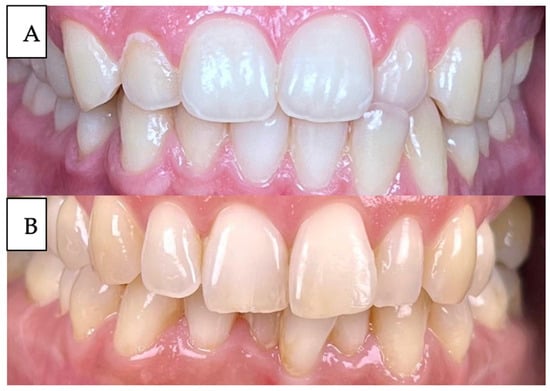- Case Report
A Rare Case of Paternal Filicide Involving Combined Lethal Methods: Forensic Psychiatric Evaluation and Literature Review
- Camilla Cecannecchia,
- Elena Giacani and
- Benedetta Baldari
- + 3 authors
Introduction: Paternal filicide is a rare and complex form of intrafamilial homicide, frequently associated with underlying psychopathology, interpersonal conflict, and psychosocial stressors. While maternal filicide has been more extensively studied, cases involving fathers—especially those employing multiple homicidal methods—remain significantly underrepresented in the forensic literature. This paper presents an unusual case of paternal filicide involving combined lethal methods, contextualized through a narrative review of comparable cases. Methods: A comprehensive forensic-pathological and psychiatric investigation was conducted following the homicide of an 8-year-old boy, killed by his father through a combination of asphyxiation and stabbing. A narrative literature review was performed using PubMed, Scopus, and Google Scholar, focusing on case reports and case series concerning paternal filicide. Particular attention was paid to homicidal methods, motivational dynamics, psychiatric comorbidities, and post-crime behavior. Results: The child’s body was found concealed in a building, in a bed storage drawer, with packing tape tightly wrapped around the mouth and nose and a kitchen knife embedded in the neck. No defensive wounds were observed, suggesting a sudden and unopposed assault, likely facilitated by the victim’s trust in the perpetrator. Autopsy findings revealed signs of asphyxiation and three stab wounds to the chin, neck, and thorax, involving vital structures such as the thyroid cartilage and heart. The father was found in a state of acute alcohol intoxication and subsequently convicted of intentional homicide. The motive appeared to be revenge-related, stemming from a highly conflictual marital separation. The literature review confirmed the predominance of retaliatory motives, frequent substance use, and post-crime suicidal behavior. However, the use of combined homicidal methods and the concealment of the body were found to be exceedingly rare. Conclusions: This case, combined with the literature review, highlights the need for deeper scientific exploration of paternal filicide. Comprehensive forensic and psychiatric assessments are essential to identify recurring situational patterns, motivational profiles, sociocultural contexts, and psychiatric vulnerabilities. These findings are critical not only for post-crime evaluations but also for the development of interdisciplinary prevention strategies targeting early warning signs and high-risk family dynamics.
15 December 2025






